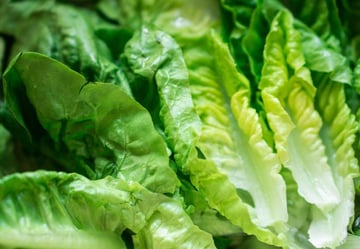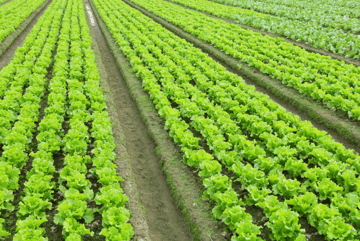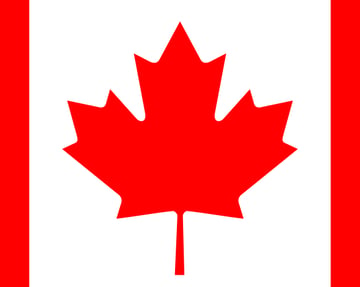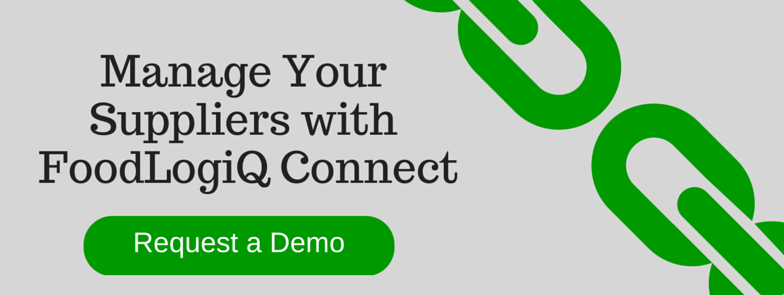“Sometimes simpler is better,” Panera’s Senior Vice President of Food Dan Kish told QSR Magazine in a feature on the rollout of their "No-No List" -- more than 80 ingredients that have been removed from their menu or are in the process of being taken out. What did it take to get there? Rolling up their sleeves and doing a deep dive into their supply chain and understanding exactly where each and every ingredient on their menu was coming from.
Panera has been a leader in this area for some time. It was the first major limited-service chain to switch to antibiotic-free proteins, which it did in 2004 starting with its chicken. The chain was also among the first to remove artificial trans fats and started sourcing grass-fed beef last year. The creation of its "No-No List" of ingredients is the chain's latest move in a commitment to removing all artificial colors, flavors, sweeteners, and preservatives by the end of 2016, a process that is already at least 85 percent complete.
To get to this point in their process, Sara Burnett, Panera's senior quality assurance manager, told QSR the company had to "get back to basics" in figuring out what belonged on the menu, and asked three core questions of every ingredient:
- What is its source?
- How is it processed?
- Is it really necessary in the finished product?
“If there was a question mark or a vague answer or something we didn’t feel comfortable with in terms of source, processing, or necessity, we said that probably belongs on our No-No List,” Burnett said.
Asking those questions - and getting the answers - requires a great deal of communication and understanding from the suppliers into your food chain.
In her interview with QSR, she used Panera’s Greek dressing as an example of how the process worked in removing ingredients that had been included on the No-No List. First, the team walked through the suppliers’ ingredient declarations to understand everything that went into the dressing, including “sub-ingredients” she says might not have been listed on the declaration. Often this required suppliers going back to their own vendors to learn more about those sub-ingredients. The Panera team then told the suppliers which ingredients they wanted removed and how they wanted the product reformulated.
“Sometimes it’s really easy and you just can take things out; sometimes you just take one out and insert one; sometimes you take out one and you have to put three back in,” she told QSR. “It’s very different for each product.” The whole process, from initiating the dialogue to rolling the reformulated product out nationwide—which includes test markets in between—took about a year, she adds.
And what Panera found was that their supply partners stepped up and started to take the initative to clean up their own products. This created a dialog between Panera and their suppliers to better understand exactly what was going into their food.
For restaurant chains like Panera - and many others - who are looking to offer "clean" ingredients to their customers, having a deep understanding and robust line of communication with your suppliers is critical to making that happen.
Other posts you might be interested in
View All Posts
Supplier Compliance
7 min read
| November 26, 2019
In Wake of Romaine Lettuce Recall, FoodLogiQ Calls Supply Chain Management and Food Traceability "More Important Than Ever"
Read More
Supplier Compliance
7 min read
| May 8, 2018
Response Time is Key When it Comes to Mitigating Risks Along the Supply Chain
Read More
Food Labeling
2 min read
| February 23, 2017


